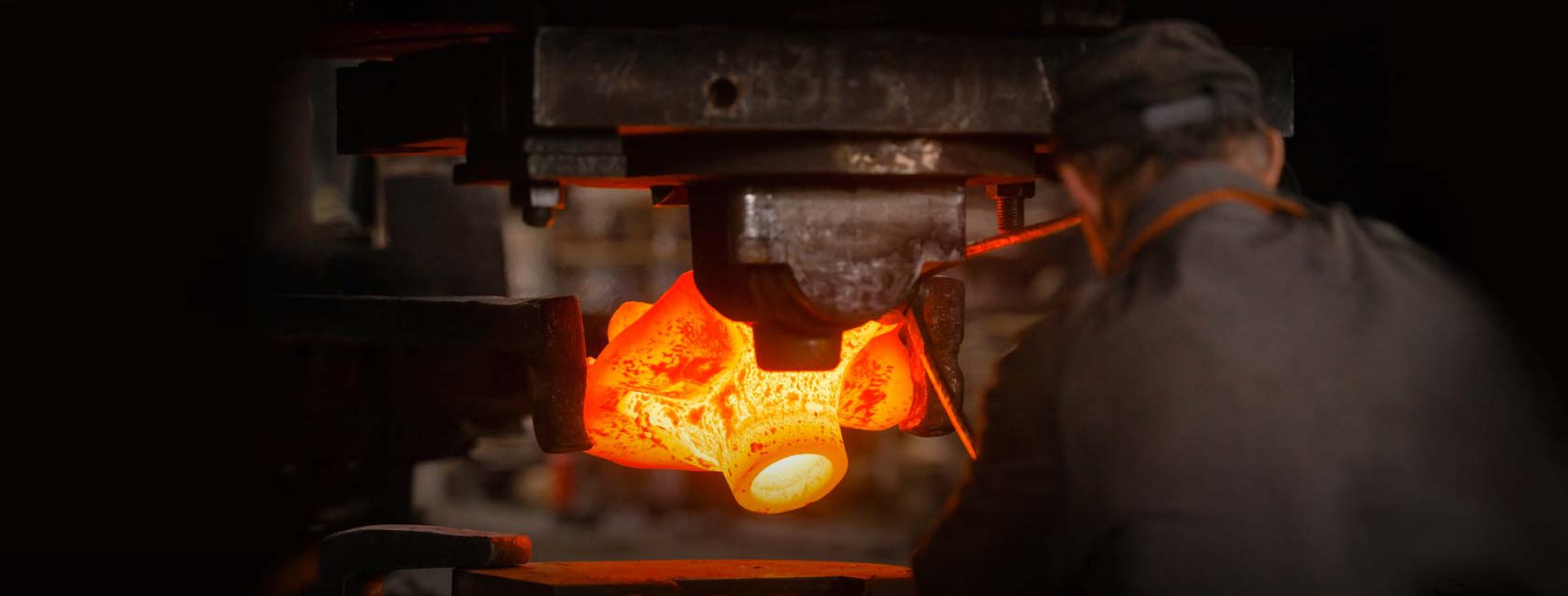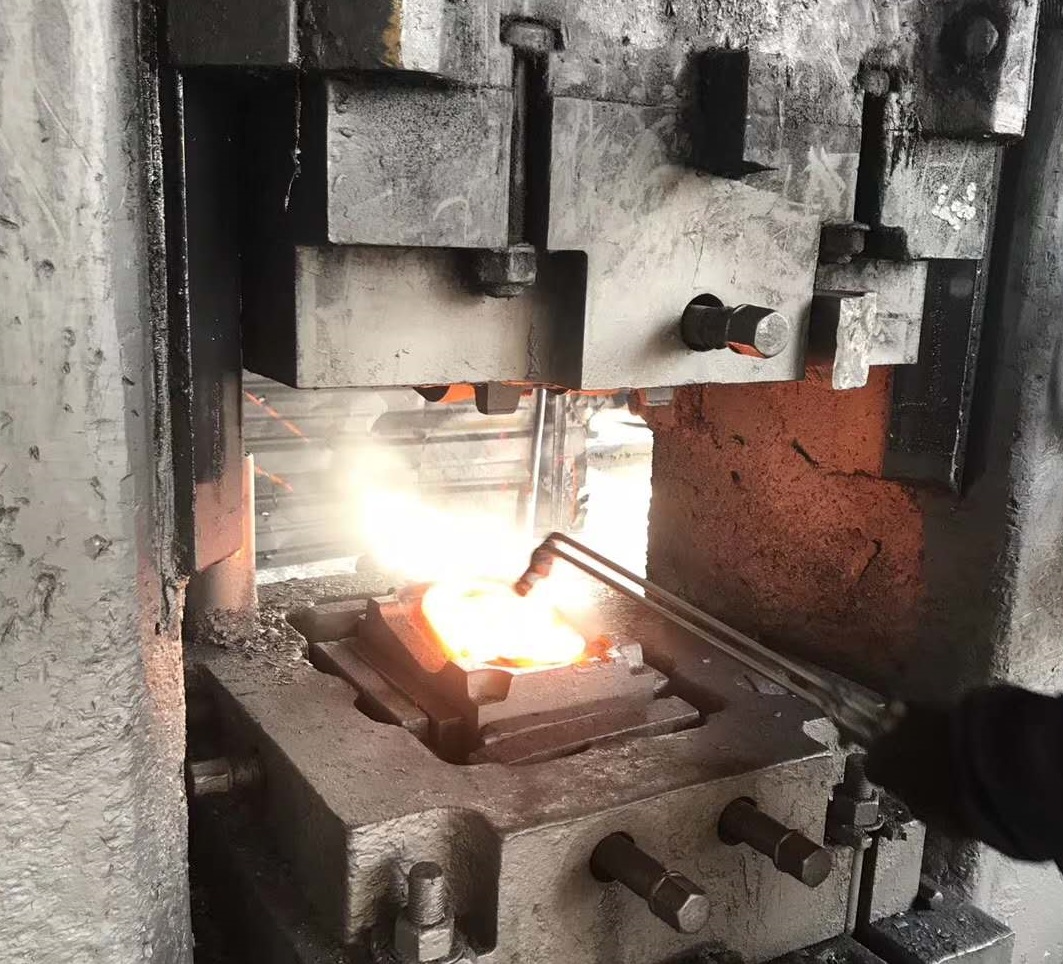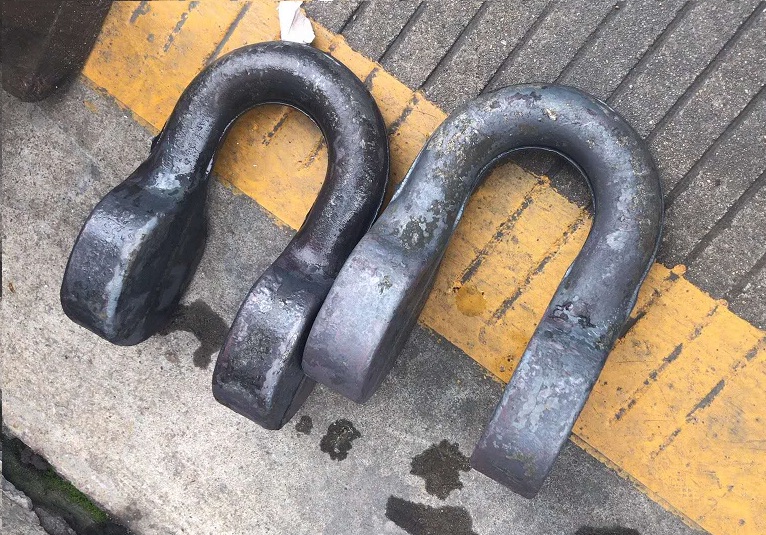What are the basic differences between forging and casting? What makes forged steel components a lot better than cast steel parts and what are its most common applications? Here are some things you definitely need to know.
Steel Forging Vs. Steel Casting – Understanding the Difference
While steel casting involves the heating of the steel until it reaches its melting point and pouring the molten steel into a mold to create the desired shape and size, steel forging changes the metal’s shape while in a solid state with the application of extreme thermal and mechanical energy.
During the steel forging process, the metal’s naturally coarse grain structure is broken up and replaced by a finer grain structure. As a result, steel forging improves structural integrity and produces steel parts that are stronger and more reliable as compared to its cast steel counterparts. The steel forging process is also more cost-effective as compared to other metalworking processes.
On the other hand, casting produces steel parts that are more prone to defects. Such defects may arise from uneven cooling, mold failing, low metal temperature, lack of venting and/or the use of cold dies, dirty metal and too much lubricant.
The Main Advantages of Forging Steel Components
Forged steel parts are stronger. They are considerably stronger, tougher and can handle impact better than cast steel parts due to the tight structure and directional flow of the metal grains. In addition, the forging process also eliminates any internal voids, minimizes the porosity of the products and provides the proper orientation of grain flow to ensure superior directional, structural and impact strength and fatigue resistance.
Forged steel parts are more reliable. Forged components are more ductile. The forging process also eliminates the possibility of any metallurgical defects such as cracks, hot tears and hot spots, cold shuts, shrinkage, misruns and inclusions thereby making it ideal for the production of more critical parts.
Forging is more cost-effective. Forging requires less material to start with and produces minimal waste. It also requires less machining to achieve the desired finish leading to shortened lead time and less wear and tear on equipment.
In addition, steel forging also provides improved production efficiency and lower rejection rates. The same components can be made from different sizes of ingots or billets allowing the manufacturing process to proceed more quickly and more economically. And since forging produces structurally sound steel parts, it significantly reduces rejection rates.
Uses and Applications
Forged steel components are commonly used for automotive and truck applications (powertrain, axle beams, shaft, wheel spindles and kingpins), in the manufacture of valves, fittings, hand tools and hardware as well as in the manufacture of industrial, heavy construction and mining equipment. Forged components are also widely used in the ordnance, shipbuilding and aerospace industries.



